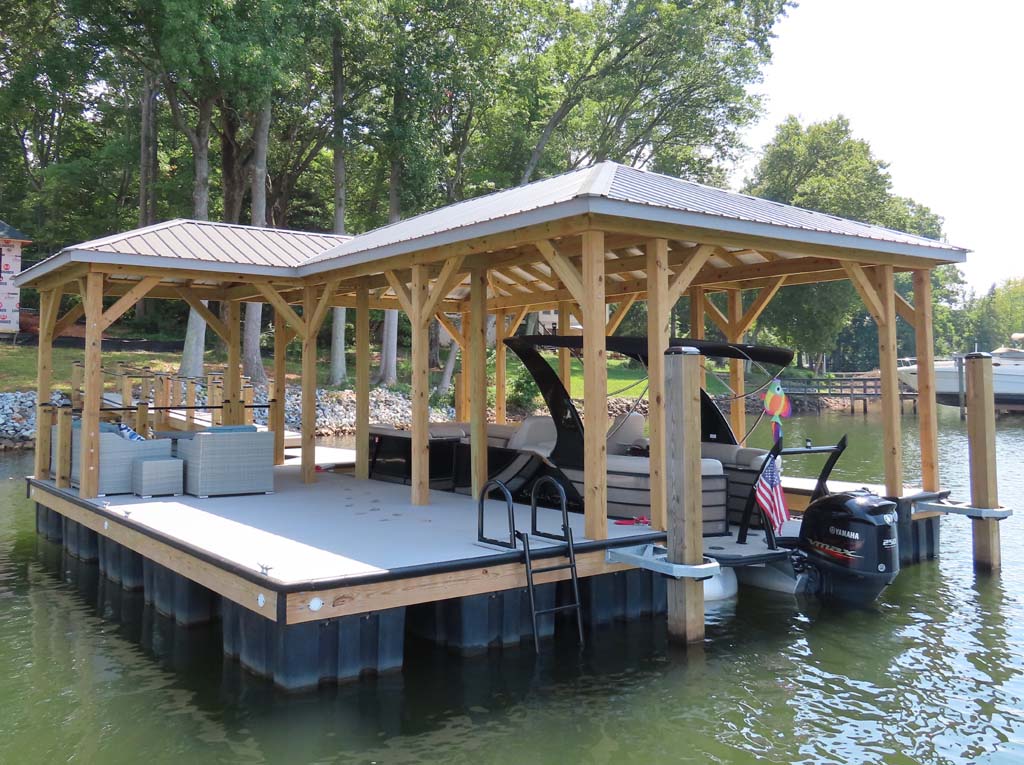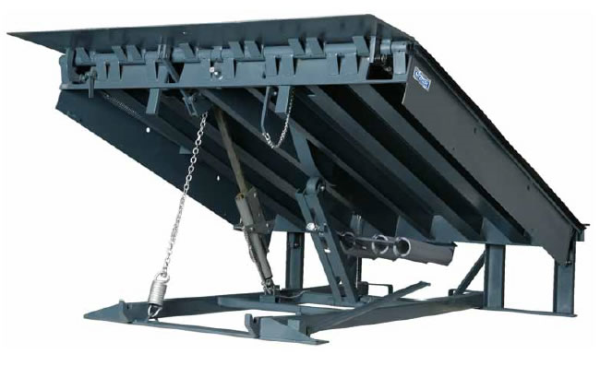Recognizing the Expenses Involved in Dock Repairs
Recognizing the Expenses Involved in Dock Repairs
Blog Article
Effective Dock Repair Techniques: Making Sure Architectural Stability
Ensuring the structural stability of anchors via effective repair work methods is critical for the durability and safety and security of aquatic facilities. This involves a multi-faceted technique beginning with extensive examinations using advanced modern technologies like sonar devices and remotely operated automobiles (ROVs) to identify both visible and hid damages. Subsequently, selecting the right repair products, such as composite materials and corrosion-resistant alloys, is vital for resilience. Structural support techniques, consisting of the application of cross-bracing systems and load-distribution plates, play an important duty in mitigating anxiety points. The importance of these strategies becomes noticeable when exploring innovative repair work approaches and preventative maintenance methods.
Assessing Dock Damage
Analyzing dock damage is an important first step in making certain the architectural integrity and security of any kind of docking center. This initial assessment includes a thorough inspection to determine both noticeable and surprise problems. Key elements to check out consist of the dock's foundation, pilings, outdoor decking, and equipment. Each component needs to be looked at for signs of wear, rot, deterioration, or various other forms of degradation that might jeopardize the architectural honesty.
Structural engineers or qualified inspectors usually do these evaluations making use of specialized strategies and devices. For circumstances, undersea examinations might utilize sonar tools or remotely operated vehicles (ROVs) to identify submerged damage. Above water, aesthetic examinations are matched by utilizing dampness meters and various other diagnostic devices to uncover underlying problems not quickly visible to the nude eye.

Choosing Repair Work Materials
Choosing the proper fixing products is a pivotal action in the dock remediation process, one that directly influences the durability and performance of the repaired structure. Material choice should be driven by aspects such as ecological conditions, load-bearing demands, and compatibility with existing dock elements. As an example, wood is a standard option for docks because of its natural durability and aesthetic appeal. Selecting the right kind of wood, such as pressure-treated lumber or naturally rot-resistant species like cedar or teak, is crucial to hold up against marine atmospheres.
Along with timber, composite materials are significantly prominent as a result of their longevity and low maintenance needs. Composites, typically made from a mix of plastic and wood fibers, supply exceptional resistance to rot, insects, and UV damages. For metal anchors, picking corrosion-resistant alloys such as galvanized steel or marine-grade aluminum is vital to protect against rust and make sure structural honesty in saline water conditions.
Epoxy resins and marine-grade sealers are essential for repairing splits and securing joints, offering a water resistant obstacle and enhancing the dock's overall stamina. By thoroughly picking top quality products, dock fixings can attain lasting results, consequently guarding versus future degradation and guaranteeing risk-free, reliable use.
Structural Reinforcement Methods
Efficient architectural support strategies are critical in ensuring the stability and longevity of dock repair work. One essential technique includes making use of steel or composite reinforcement bars (rebar) within concrete structures. Rebar supplies extra tensile stamina, stopping fractures and distributing tons much more uniformly. This method is particularly effective for docks exposed to heavy loads or severe environmental conditions.
Another essential technique is the application of fiber-reinforced polymers (FRP) These products supply high strength-to-weight proportions and superb resistance to deterioration, making them optimal for strengthening concrete or wood docks. FRP can be used in sheets or strips and bound with epoxy resins to boost structural integrity.
Supporting and anchoring systems additionally play a crucial duty in structural support. Cross-bracing, utilizing metal or wood beams, can neutralize lateral pressures, minimizing swaying and activity. Anchoring systems, such as helical piers or driven heaps, offer a secure foundation by transferring tons to deeper, a lot more steady soil layers.
Last but not least, the assimilation of load-distribution plates can help distribute weight extra evenly across the dock's surface area, reducing local tension points. These methods collectively make certain that anchors stay robust and risk-free, efficient in enduring the rigors of their operational environment.
Advanced Fixing Methods

Another innovative technique involves underwater welding, which allows for repair work to be conducted without the need to dewater the area. This method is specifically beneficial for resolving architectural problems in submerged dock components, ensuring minimal disturbance to procedures. Improved welding methods, coupled with robotic systems, supply precision and reliability, thereby extending the life-span of the dock.
Furthermore, cathodic security systems are implemented to prevent deterioration in metallic dock frameworks. By utilizing sacrificial anodes or pleased present systems, these techniques properly alleviate the electrochemical processes that lead to product wear and tear.
Lastly, progressed tracking modern technologies, such as architectural wellness tracking (SHM) systems, offer real-time information on the condition of dock frameworks. These systems allow proactive upkeep and timely treatments, ultimately making certain the long-lasting architectural honesty of the dock.
Maintenance and Avoidance
Maintenance and avoidance are fundamental ideas that underpin the longevity and security of dock structures. Routine evaluations are paramount, permitting very early detection of damage, prospective weaknesses, and environmental influences. An aggressive method, entailing regular look for deterioration, rot, and architectural changes, mitigates pricey repair services advice and lengthens the dock's functional life.
Safety nets should include using safety finishings to metal parts to guard against corrosion and making use of treated wood to withstand degeneration. In addition, guaranteeing appropriate water drainage and air flow can protect against water visit accumulation, which is a typical reason for architectural destruction. Incorporating quality materials and adhering to maker standards during building and construction and repair phases also play vital duties in boosting resilience.

Training personnel in dock upkeep ideal methods guarantees consistent application of preventive actions. Leveraging technical advancements, such as drones for evaluations and sensing units for real-time tracking, can even more enhance maintenance efforts. By focusing on maintenance and avoidance, dock proprietors can guarantee architectural stability, operational safety and security, and economical management over the dock's lifespan.
Final Thought
To conclude, maintaining the architectural stability of marine facilities necessitates detailed dock repair work strategies. Extensive inspections making use of advanced devices uncover both visible and hid damages, while the choice of appropriate repair materials improves durability. Implementing structural support methods addresses stress points properly. Advanced repair service strategies, coupled with regular upkeep practices, ensure the dock continues to be secure and functional under diverse ecological conditions. Embracing these approaches check out this site substantially lengthens the lifespan and performance of aquatic framework.
Making sure the architectural honesty of anchors via reliable repair techniques is paramount for the longevity and safety of marine facilities.Selecting the appropriate repair materials is a pivotal step in the dock restoration procedure, one that straight affects the long life and efficiency of the repaired structure.Effective structural support strategies are important in making certain the security and durability of dock repair work. By prioritizing upkeep and avoidance, dock proprietors can guarantee structural honesty, functional security, and affordable management over the dock's lifespan.
In verdict, preserving the structural integrity of aquatic facilities necessitates thorough dock repair service strategies.
Report this page